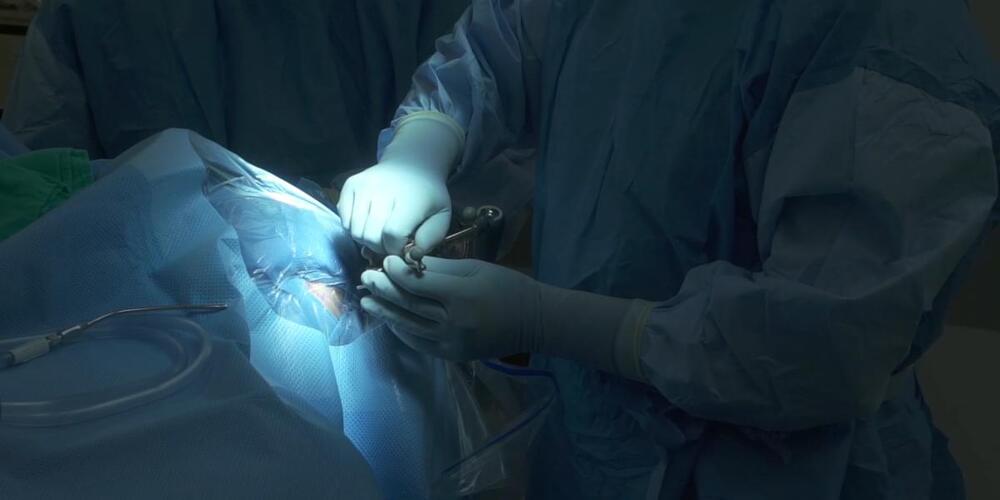It works by copying what happens in the hippocampus—a seahorse-shaped region deep in the brain that plays a crucial role in memory. The brain structure not only helps us form short-term memories but also appears to direct memories to other regions for long-term storage.
For more than 10 years, Theodore Berger and Dong Song at the University of Southern California and their colleagues have been developing a way to mimic this process. Their idea is to use brain electrodes to understand the electrical patterns of activity that occur when memories are encoded, and then use those same electrodes to fire similar patterns of activity.
